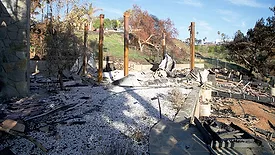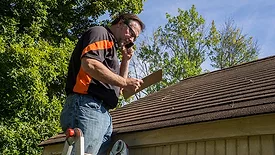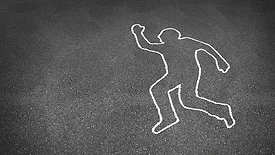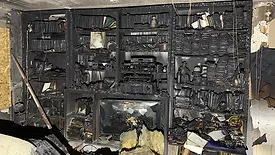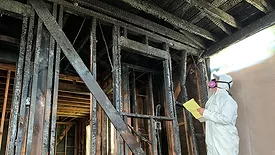Sean M. Scott
Sean is the Author of Secrets of the Insurance Game and The Red Guide to Recovery – Resource Handbook for Disaster Survivors. If you would like more information, please contact Sean Scott at sean@theredguidetorecovery.com or call 858-453-6767.
ARTICLES
New research draws alarming parallels between tobacco smoke and toxic residues from structure fires
Read More
California Wildfire Environmental, Health, and Safety (EHS) Concerns
Tackling EHS Challenges During the California Wildfire Restoration Process
Read More
Stay ahead of the curve with our newsletters.
Get the latest industry updates tailored your way.
JOIN TODAY!Copyright ©2026. All Rights Reserved BNP Media.
Design, CMS, Hosting & Web Development :: ePublishing




